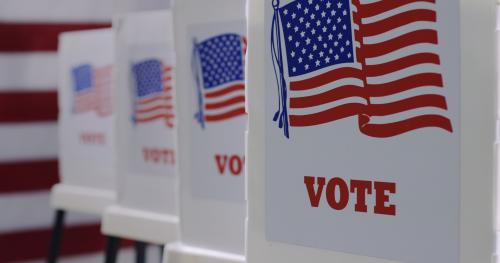The OECD aging-related diseases (ARD) study contains information on the cost of
specific treatments for heart disease, strokes, and breast cancer. I have been asked to review
whether such data on cost of disease treatments are appropriate for improving Purchasing Power
Parity (PPP) measures for medical care. The short answer is: cost of treatment information is
exactly the information that is needed, in principle. However, the information in the ARD studies
might need a little refinement. The rest of this paper explains.
Health Care Expenditures and Health.
I begin by considering a contention that frequently arises in discussions of the relation
between medical expenditures and health. One frequently hears statements such as: U.S.
spending on health care, which amounts to around 13% of GDP, must not be productive (says the
speaker), because life expectancy in the U.S. is lower than it is in some other countries that spend
a smaller amount on health care. What is the relationship between medical care expenditures and
health?
There is little disagreement that health is produced by many factors, and not solely by the
activities of the medical sector. Diet, lifestyles, environmental factors, genetic endowments, and
other influences determine an individual?s, or a society?s, level of health. It is sometimes
asserted that nonmedical influences on health are more important than the medical ones
(McKeown, 1976; Mokyr, 1997), and for the major, long-run changes in health, there is much to
be said for that position.

